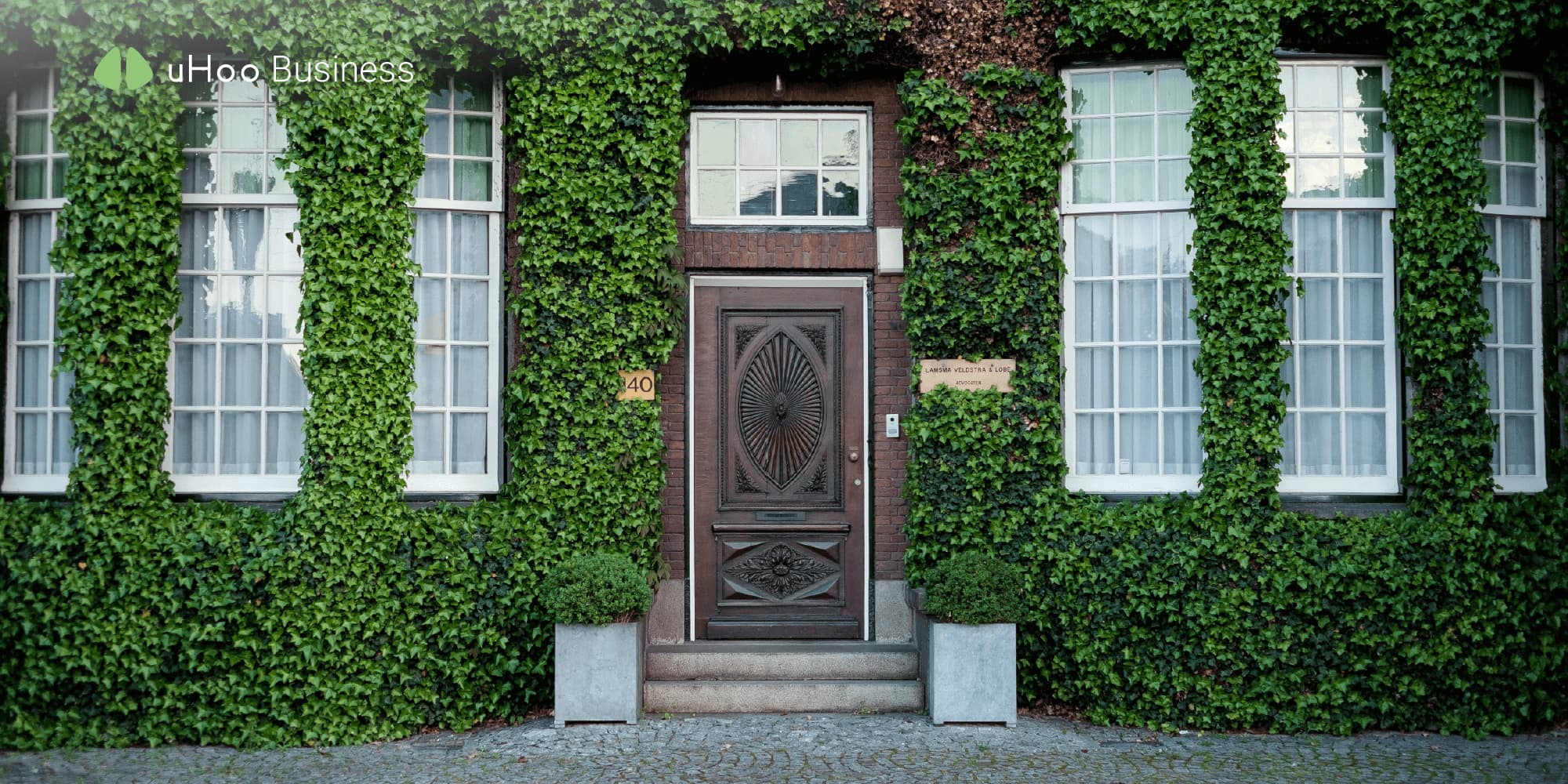
In a world racing towards the future, historic buildings stand as silent chronicles of our past, so we should do our best to preserve this legacy. As time marches on, the need for modernizing old architecture becomes increasingly pressing. This presents a conundrum: how can we protect our rich heritage while simultaneously embracing modern advancements within their walls?
The Challenge of Historic Renovations
Historic building renovations come with a unique set of challenges. These structures were erected long before modern HVAC (heating, ventilation, and air conditioning) systems and electrical lighting, relying instead on passive design principles. These designs optimized the use of natural resources—such as solar orientation and air flow—to minimize the need for artificial heating, cooling, and lighting. On top of that, because of the age, there’s often mold and mildew issues, along with air pollutant problems due to older materials.
Integrating modern amenities to address these issues is paramount. With the global push towards sustainability, these old structures are receiving modern makeovers that adapt to contemporary environmental standards. However, preserving initiatives must honor these artifacts’ legacy and historical integrity. This delicate balancing act of **sustainable renovations for aging buildings** is a top priority. All restoration initiatives must promote a harmony between preservation and innovation, ensuring old buildings are not only conserved but also equipped to serve future generations efficiently.
Passive Design Features Characteristic of Historic Buildings
Passive design like operable windows, clerestory windows, and skylights are integral features that provide abundant natural light and also facilitate fresh air circulation. This creates a healthier indoor environment for occupants. Architectural ingenuity of yesteryears also manifests in the form of:
– Wide, overhanging eaves
– Exterior awnings
– Adaptable shutters
– Heavy masonry walls.
These elements combined lend a distinct aesthetic charm but also play a pivotal role. They are stalwart guardians against the whims of nature, promote thermoregulation, and reduce the reliance on energy-intensive heating/ cooling systems. Incorporating these elements into a historic building’s sustainable renovation presents an opportunity to both revive traditional techniques and integrate modern technologies.
Sustainable Practices in Action
Modern sustainable practices must complement and never overshadow an old building’s original design. Retrofitting historic buildings incorporates the subtle introduction of contemporary materials and systems that align with the building’s character while significantly reducing its energy footprint. Take a look at the following examples:
– Introducing energy-efficient windows that mimic historical styles
– Utilizing discreet high-efficiency HVAC systems and smart venting adjustments for thermal comfort
– Relying on cutting-edge IAQ sensors like uHoo Aura that blend with walls to monitor and maintain a healthy indoor environment
– Incorporating high-tech HEPA filters for improved air quality without structural changes
– Using solar shingles on a tiled roof to retain the original look while harnessing solar energy
A growing number of renovation projects worldwide exemplify **adaptive reuse and green building practices** in their retrofit plans to honor the architecture’s history while incorporating green technology. For example, an ancient fortress finds a new lease on life as a cultural center, its thick stone walls upgraded with breathable insulation and its roofs fitted with solar tiles. A century-old factory turned into a loft complex could use its large windows and high ceilings to enhance natural light and ventilation, supplemented by smart LED lighting that adjusts to daylight levels.
Final Thoughts
The future of historic buildings lies in combining the wisdom of the past with the innovations of the present. By respecting the integrity and character of historic architecture while introducing sustainable practices, these structures can be preserved not just as relics, but as living, breathing parts of our urban landscape.


